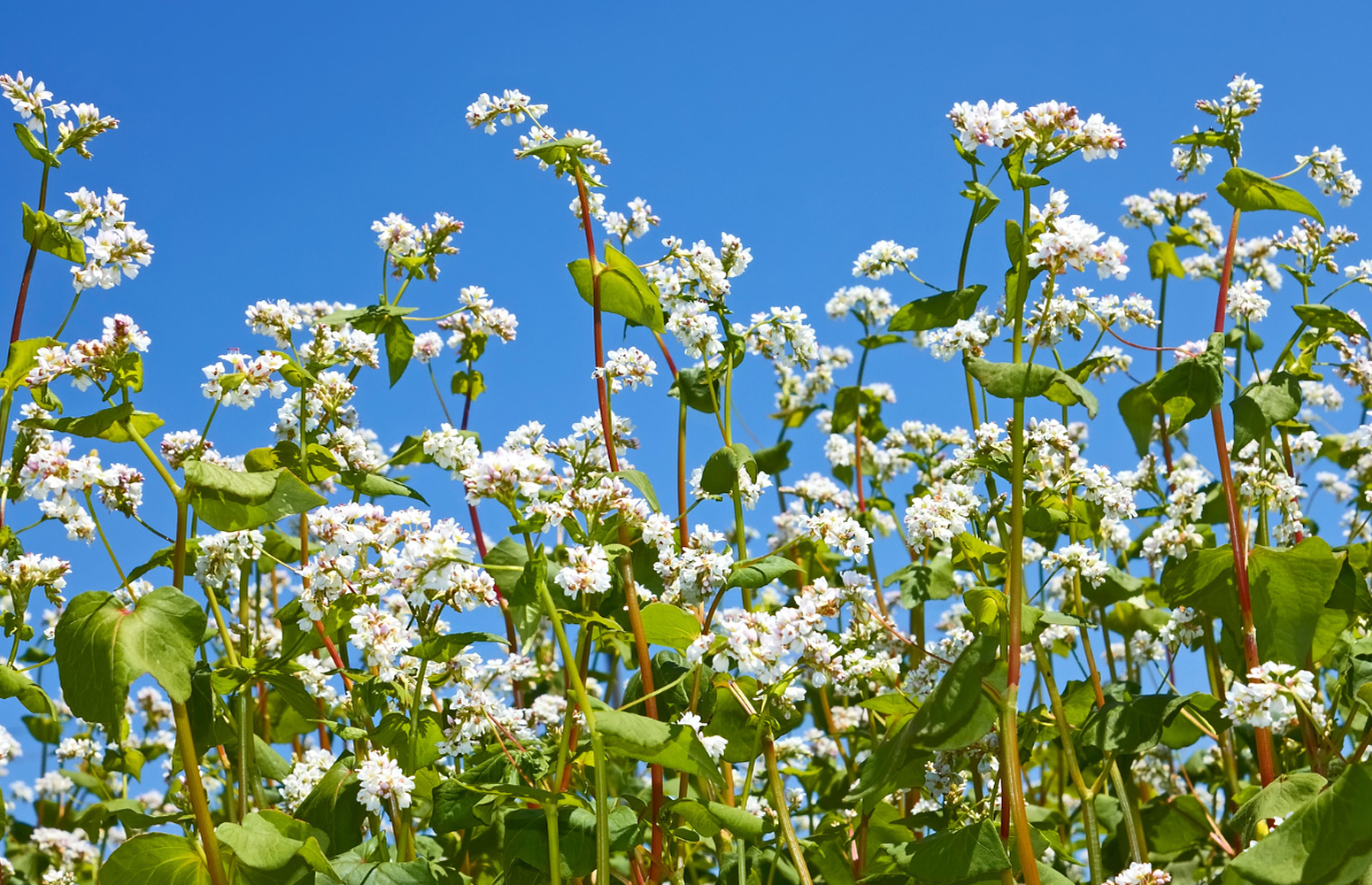Drought, high temperatures and high levels of CO2 resulting from the greenhouse effect are set to jeopardize wheat production. Having analysed various physiological parameters of the plants, researchers from the Department of Plant Biology and Ecology of the University of the Basque Country (UPV/EHU) have confirmed that buckwheat responds better than wheat under these extreme conditions.
Buckwheat responds better than wheat to future climate conditions
How wheat and buckwheat respond to drought situations with high CO2 and high temperatures was investigated in the Department of Plant Biology and Ecology
- Research
First publication date: 27/06/2024

The data are clear: future climate conditions could end up becoming extreme. As in the well-known tale Peter and the Wolf, the data are saying that “the wolf is coming”. Atmospheric CO2 has risen exponentially over the last few decades and is set to continue that way for many years to come. As a result of that, the greenhouse effect will intensify; the global temperature could rise by 3 ºC, thereby increasing water shortages in many parts of the planet as well.
So cereals will have to withstand longer and worse periods of drought in the future, along with high CO2 levels and temperatures. These conditions harm conventional cereals, such as wheat, and that could jeopardize the access of millions of people worldwide to food. Unlike the citizens in the tale of Peter and the Wolf, scientists know that climate change is on its way or is already taking place. They do not have an optimistic view in that respect, but they are striving to find remedies for when the “wolf” comes.
In the UPV/EHU’s Department of Plant Biology and Ecology, for example, they are exploring “which alternative cereals may be better able to resist these future conditions”, said the researcher Xabier Simón. “In the future the use of many conventional cereals (wheat, corn, etc.) may be reduced to be replaced by cereals better able to thrive under the new conditions. There you have, for example, buckwheat, sorghum, spelt, etc. So it is essential to find out the capacity of these species to withstand situations of severe drought, high temperatures and high CO2 levels.”
Wheat versus buckwheat
In collaboration with Jon Miranda and Usue Pérez, researchers from the FisioKlima-AgroSosT group, Xabier Simón explored the response of wheat and buckwheat to the anticipated future conditions. “We cultivated the plants of these two species in a growth chamber and controlled the conditions of temperatures, CO2 and drought.” When analysing various physiological parameters of the plants, they found that “buckwheat had the potential to be an alternative cereal to wheat. At high CO2 levels and temperatures, even if there is no drought, certain parameters of wheat were already seen to worsen: the growth of the wheat was restricted whereas that of the buckwheat was not; furthermore, the photosynthesis level of buckwheat increased and that of wheat fell. On the whole, buckwheat was found to respond better than wheat under drought conditions.”
Additional information
This research is part of Xabier Simón Martínez de Goñi’s PhD thesis. The lecturers Usue Pérez-López and Ana Isabel Caño-Delgado are his thesis supervisors.
Bibliographic reference
- Enhanced photosynthesis, transpiration regulation, water use-efficiency and growth in buckwheat outperforms wheat response to high [CO2], high temperature and drought
- Environmental and Experimental Botany
- DOI: 10.1016/j.envexpbot.2024.105756





